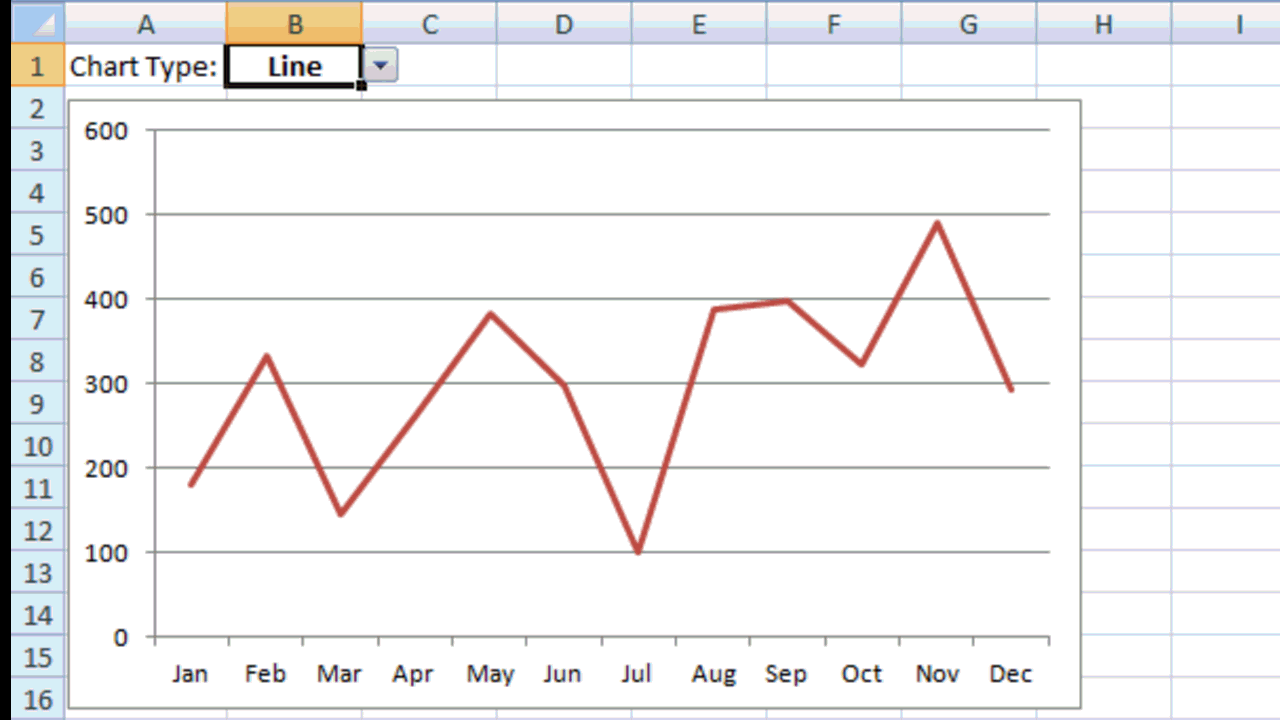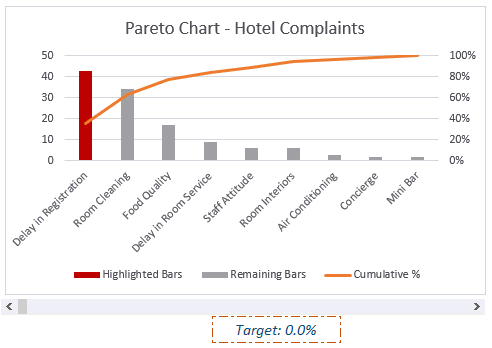

If you do it this way too, forget about it and never use this childish method again! There is a quicker and smarter way :-)Īs an example, I created a nice 3-D Pie graph in my Excel 2010 that visually represents the demographics of our web site's visitors and now I want to export this Excel chart as image. After that she crops the redundant screen areas and saves the remaining part to a file. What she does is create a chart and click PrintScreen, then open Paint and pastes the image of the entire screen.
Free gif maker mac with excel chart graphs how to#
Other chart types use the X axis for categories of information, not numeric values.In this article you will learn how to save your Excel chart as an image (.png. So why do you need to use a scatter chart for log/log data? Because it is the only type of chart that allows numeric values along the X axis. You should note that this solution will work for many types of charts, but won't work for charts where you need to plot zero or negative values. If, for some strange reason, values along the X axis are still not represented in logarithmic scale, you can click on the X axis, choose to format it, and then specify a logarithmic scale. Select the sub-chart type you want to use.Excel displays a palette of available chart types. Click the Change Chart Type tool in the Type group.

(This tab is only available if you select the chart area, as instructed in step 1.) Make sure the Chart Design (Design in earlier versions of Excel) tab of the ribbon is visible.

To specify a chart where you can use logarithmic scales on both axes, follow these steps: It seems that Excel will not allow the X axis to use a logarithmic scale for many types of charts. The answer to this conundrum is to change which type of chart you use for your data. For some types of data, you may want to create a chart that is not readily apparent. Excel is great at automatically creating a wide variety of charts, lickety split.


 0 kommentar(er)
0 kommentar(er)
